
In today’s dynamic business landscape, the pursuit of excellence is an ongoing journey. One method that has gained widespread recognition for its contribution to quality improvement is the application of Kaizen principles. Derived from the Japanese words “kai” (change) and “zen” (good), Kaizen emphasizes continuous improvement as a way of life. This article delves into the core principles of Kaizen and explores how they can be effectively utilized in the realm of quality improvement.
Source Channel: Kira Greer
Definition of Kaizen Principles
Kaizen is a philosophy centered on making incremental improvements consistently. It is not a one-time event, but a continuous process aimed at enhancing efficiency and quality.
Kaizen finds its origins in Japan, where the concept emerged as a response to the need for rebuilding after World War II. The Japanese adopted a systematic approach to reconstruction, emphasizing small, continuous changes over time rather than radical, disruptive shifts.
From manufacturing to healthcare, Kaizen has found applications in diverse sectors, demonstrating its adaptability and effectiveness.
Key Principles of Kaizen
Continuous Improvement: At the core of Kaizen principles is the commitment to continuous improvement. It’s not about making giant leaps; it’s about taking small steps every day to enhance processes, products, and services. It advocates for small, incremental changes over time rather than radical transformations. The philosophy recognizes that sustained progress results from a constant cycle of identifying, implementing, and evaluating improvements.
Employee Involvement: Kaizen principles recognizes that the people closest to a process are often best positioned to improve it. Involving employees in decision-making and improvement initiatives fosters a culture of innovation. It believes that those closest to a task or process are often best positioned to identify opportunities for enhancement. By involving employees at all levels, Kaizen fosters a sense of ownership and collective responsibility for organizational success.
Standardization: Standardizing processes ensures consistency and reliability. Kaizen principles encourages the establishment of best practices that can be consistently applied. While encouraging continuous improvement, Kaizen also values the standardization of processes. Standardization ensures consistency and stability in operations, providing a baseline for further improvements. It involves documenting and adhering to established best practices to create a foundation for ongoing enhancement.
Use of Data and Feedback: Data-driven decision-making is a key aspect of Kaizen principles. Collecting and analyzing data provides insights that drive informed improvements. Regular feedback loops ensure that adjustments are effective. It advocates for the collection and analysis of data to inform improvement initiatives. By relying on objective information, organizations can identify root causes, measure the impact of changes, and make informed choices that contribute to sustainable progress.
Elimination of Waste: Kaizen is deeply aligned with the Lean philosophy, emphasizing the identification and elimination of waste in processes. Waste, in the form of unnecessary steps, delays, or resources, is seen as an obstacle to efficiency. Kaizen aims to streamline operations and reduce waste to optimize resource utilization.
Pursuit of Perfection: While recognizing that absolute perfection may be unattainable, Kaizen principles encourages the relentless pursuit of it. The philosophy views each improvement as a step towards perfection, promoting a culture where individuals and organizations are never fully satisfied with the status quo.
Respect for People: Kaizen principles places a high value on respect for individuals within an organization. It acknowledges the unique skills, insights, and contributions of each person. This respect is not only a fundamental ethical principle but also a practical consideration as engaged and valued employees are more likely to actively participate in the improvement process.
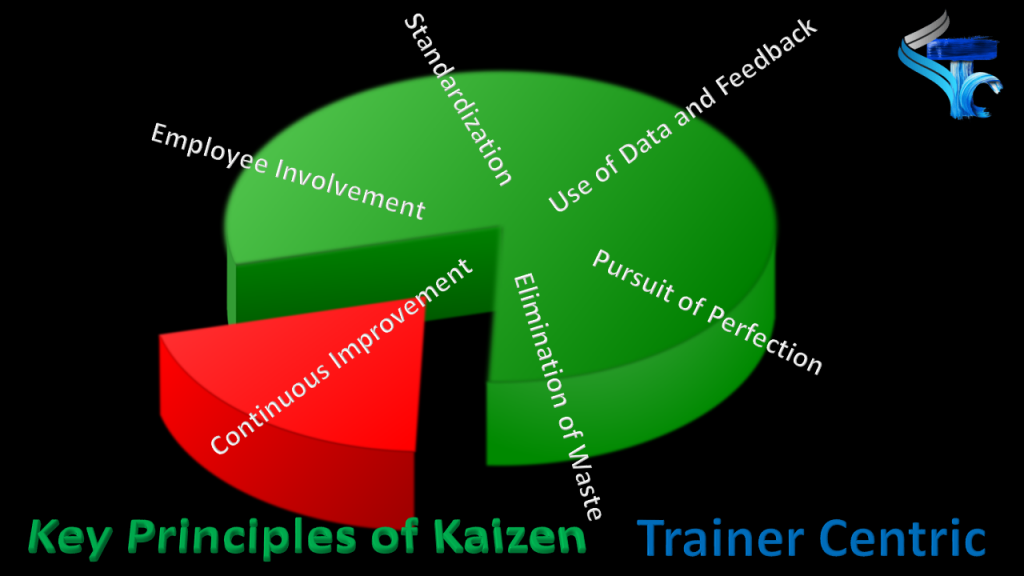
Benefits of Kaizen Principle
Increased Productivity: By focusing on small, manageable improvements, Kaizen leads to increased productivity without disrupting workflow.
Enhanced Employee Morale: Involving employees in decision-making empowers them, fostering a positive work environment and boosting morale.
Improved Product Quality: Continuous improvement in processes inevitably leads to better product quality, meeting and exceeding customer expectations.
Cost-Effectiveness: Kaizen’s incremental approach often results in cost savings as efficiencies are realized over time.
Kaizen Tools for Quality Improvement
5 Whys Technique
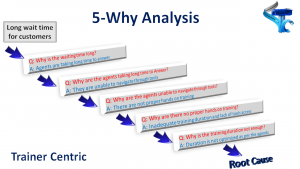
Overview: The 5 Whys is a simple yet powerful technique for root cause analysis. It involves asking “Why” successively to delve deeper into the underlying causes of a problem.
Significance in Kaizen: By repeatedly asking “Why,” the 5 Whys technique helps identify the root cause of issues, enabling organizations to address problems at their source and prevent recurrence.
PDCA Cycle
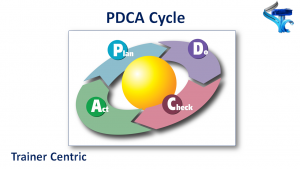
Overview: PDCA is a systematic four-step management approach for continuous improvement. It involves planning a change, implementing it, observing the results, and acting on the findings.
Significance in Kaizen: The PDCA cycle provides a structured methodology for testing hypotheses and making continuous adjustments, aligning with Kaizen’s emphasis on iterative improvement.
5S Methodology
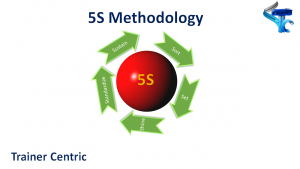
Overview: 5S methodology (Sort, Set in Order, Shine, Standardize, Sustain) is a workplace organization method focused on efficiency and safety through systematic organization and cleanliness.
Significance in Kaizen: 5S creates a visual workplace that promotes orderliness and eliminates waste, aligning with Kaizen’s objectives of continuous improvement and waste reduction.
Gemba Walks
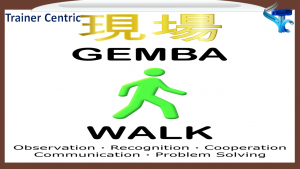
Overview: Gemba Walks involve leaders visiting the actual workplace to observe processes, engage with employees, and gain insights into day-to-day operations.
Significance in Kaizen: Gemba Walks support Kaizen by fostering a culture of direct observation and continuous learning, encouraging leaders to be actively involved in improvement initiatives.
Kanban System
Overview: Kanban is a visual system for managing work, emphasizing transparency and limiting work in progress to optimize workflow.
Significance in Kaizen: The Kanban system aligns with Kaizen principles by promoting visual management, reducing waste, and providing a flexible approach to adapting and improving processes.
Value Stream Mapping (VSM)
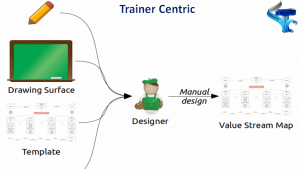
Overview: VSM is a visual representation of the entire process flow, highlighting value-adding and non-value-adding activities.
Significance in Kaizen: VSM is instrumental in identifying opportunities for improvement, streamlining processes, and eliminating waste, supporting Kaizen’s goal of continuous improvement.
Kaizen Events (Blitz)
Overview: Kaizen Events, or Blitz, are focused, time-limited improvement activities involving cross-functional teams to address specific issues.
Significance in Kaizen: Kaizen Events provide a structured approach to making rapid improvements, aligning with Kaizen’s principles of continuous improvement and employee involvement.
Poka-Yoke (Error Proofing)
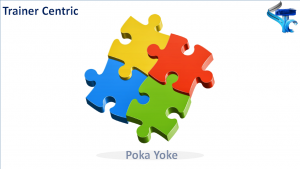
Overview: Poka-Yoke involves designing processes to prevent errors, reducing the likelihood of defects or mistakes.
Significance in Kaizen: Poka-Yoke supports Kaizen by minimizing defects, ensuring quality, and contributing to a culture of continuous improvement and error prevention.
A3 Problem-Solving
Overview: A3 Problem-Solving is a structured approach, typically using an A3-sized sheet of paper, to document and communicate the problem-solving process.
Significance in Kaizen: A3 Problem-Solving provides a systematic way to identify, analyze, and solve problems, aligning with Kaizen’s focus on continuous improvement and data-driven decision-making.
Root Cause Analysis (RCA)
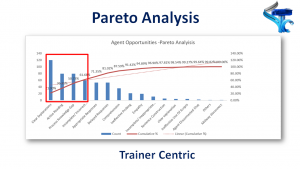
Overview: Root Cause Analysis is a method for identifying the primary causes of problems to prevent recurrence.
Significance in Kaizen: RCA supports Kaizen by getting to the root of issues, facilitating targeted improvements, and ensuring sustained progress.
These tools, when used effectively, empower organizations to implement Kaizen principles and drive continuous improvement across various processes. Each tool plays a unique role in enhancing efficiency, reducing waste, and fostering a culture of continuous improvement.
Steps to Implement Kaizen Principle
Now, let’s transition from theory to practice. Implementing Kaizen Principle requires a strategic approach tailored to your organization’s unique needs. Here’s a step-by-step guide on how to implement Kaizen Principles in a call center environment:
Step 1: Conducting a Current State Analysis
Begin by assessing your current processes and identifying areas for improvement. Use tools such as process maps or value stream maps to visualize the workflow. This analysis sets the foundation for targeted enhancements.

Understand the current call center operations, identify pain points, and assess customer interactions.
Here are few things that you can do to identify the potential problem.
- Review call logs, scripts, and customer feedback to identify common issues.
- Map out the typical call flow, noting areas where delays or confusion often occur.
- Analyze call duration, resolution times, and customer satisfaction scores.
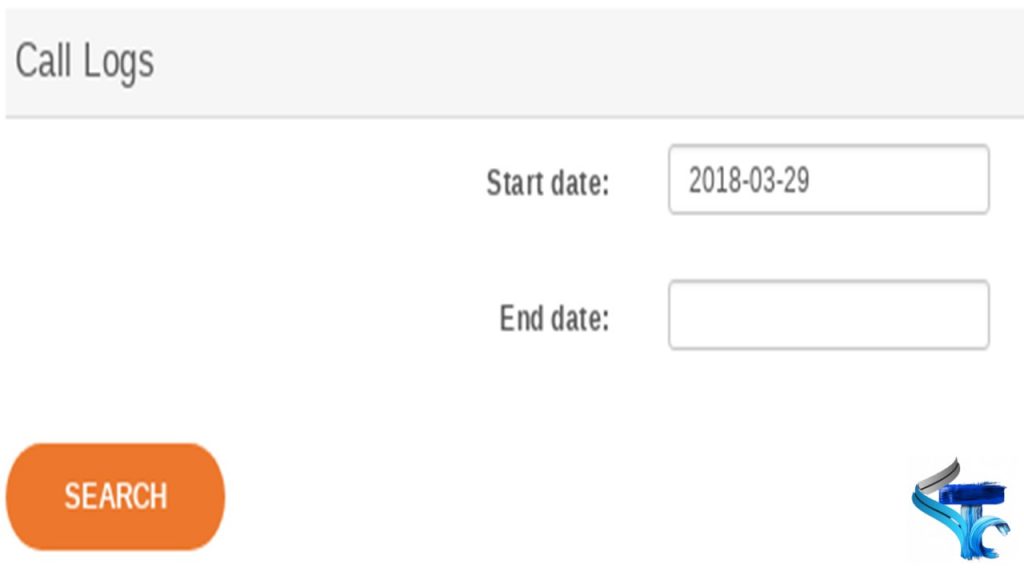

A comprehensive understanding of the current state of call center operations, highlighting areas for improvement.
Step 2: Establishing Clear Goals
Define specific, measurable, achievable, relevant, and time-bound (SMART) goals aligned with your organizational objectives. These goals provide a roadmap for your Kaizen journey, ensuring focused and tangible results.
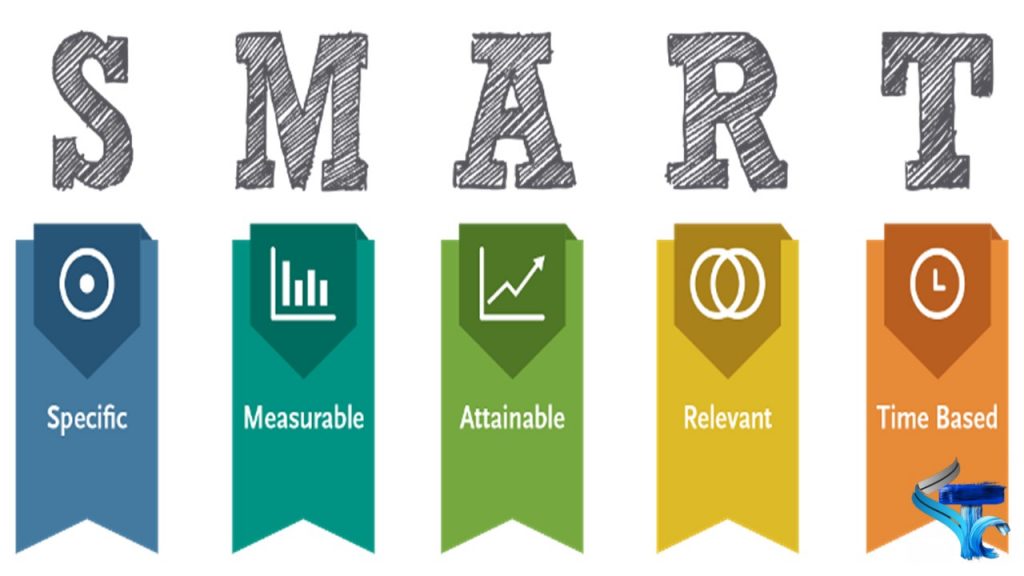
Set specific, measurable, achievable, relevant, and time-bound goals aligned with call center objectives.
Once you have analyzed the performance data of the call center, you should be able to identify the performance trends in the last two or three months.
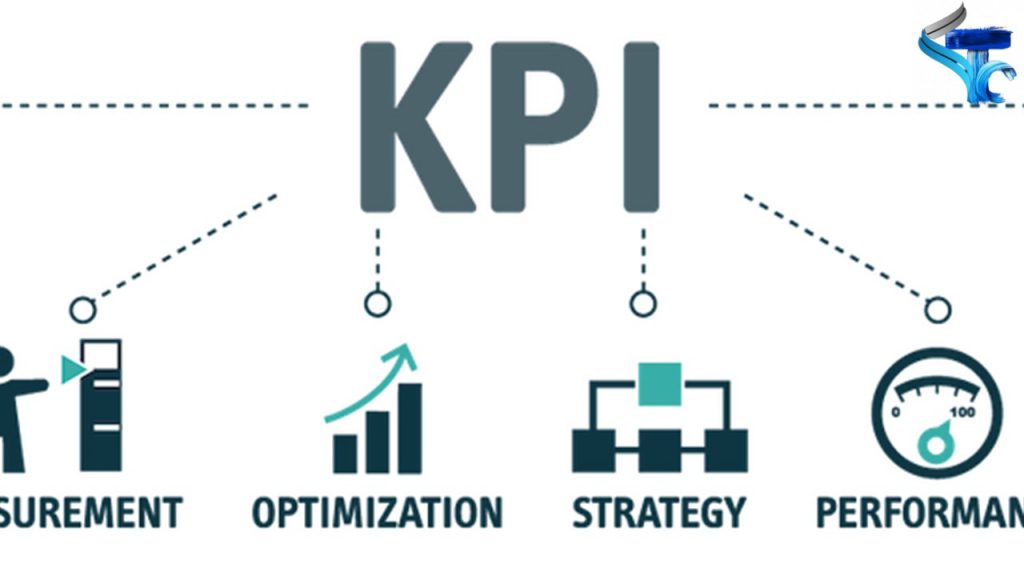
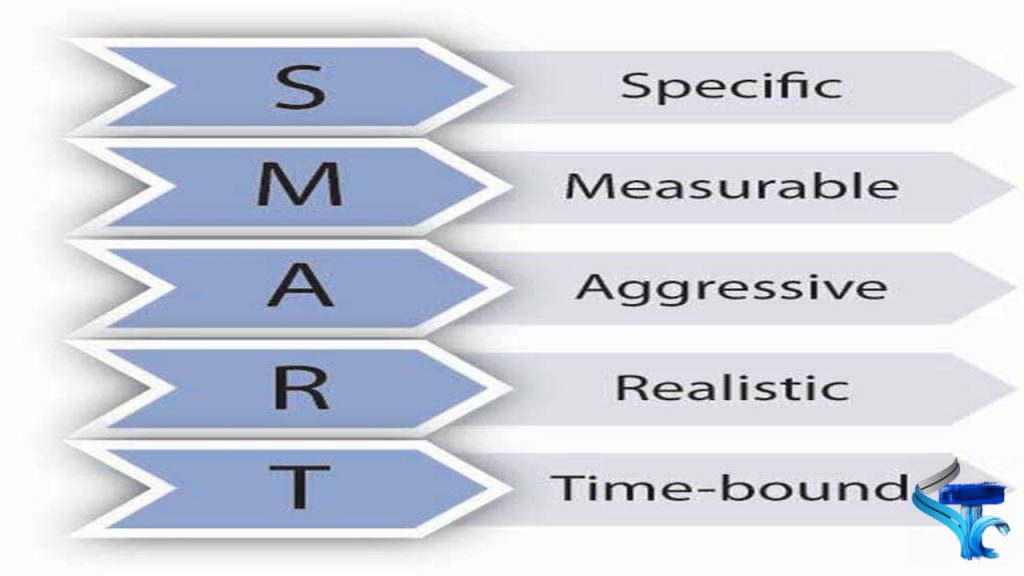
Clearly defined and measurable goals that serve as benchmarks for improvement.
Step 3: Implementing Kaizen Principles
Organize regular Kaizen principle to address specific issues or improvements. These principles bring cross-functional teams together, fostering collaboration and ideation. Swiftly implement changes identified during these events for immediate impact.

Address specific challenges identified in the current state analysis through collaborative problem-solving.
At this stage of the Kaizen principle, you should be able to create an action plan based on the set goal and the analysis in the previous steps. You should also be able to
- Form a cross-functional team including agents, supervisors, and quality assurance representatives.
- Use brainstorming sessions to identify root causes of common issues.
- Develop and implement immediate changes to improve call resolution times.
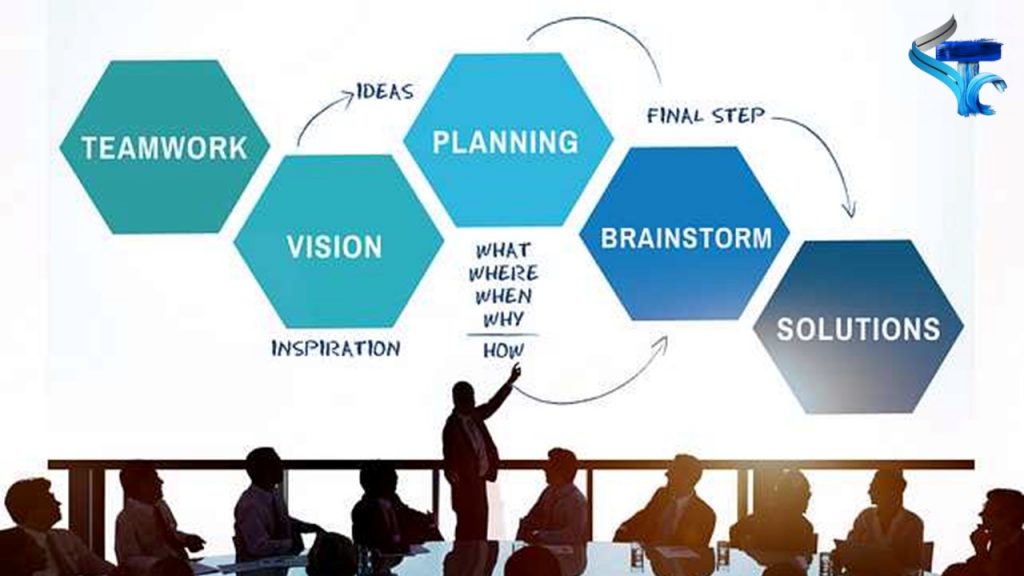
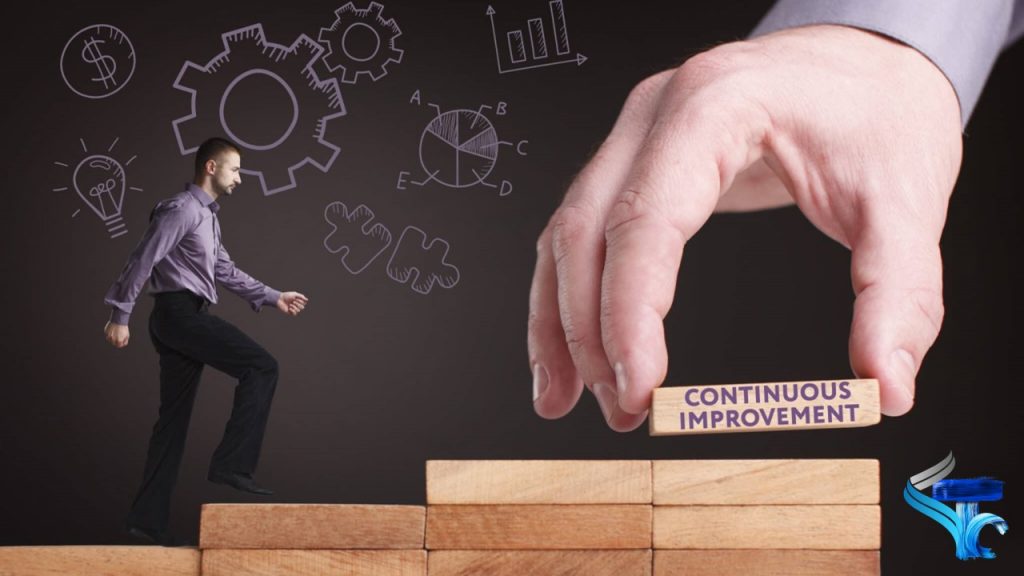
Tangible improvements in call resolution times with input from the entire call center team.
Step 4: Continuous Monitoring and Adaptation
Implement robust monitoring mechanisms to track the effectiveness of changes. Regularly review progress and adapt strategies as needed. Continuous improvement is an ongoing process that requires vigilance and adaptability.
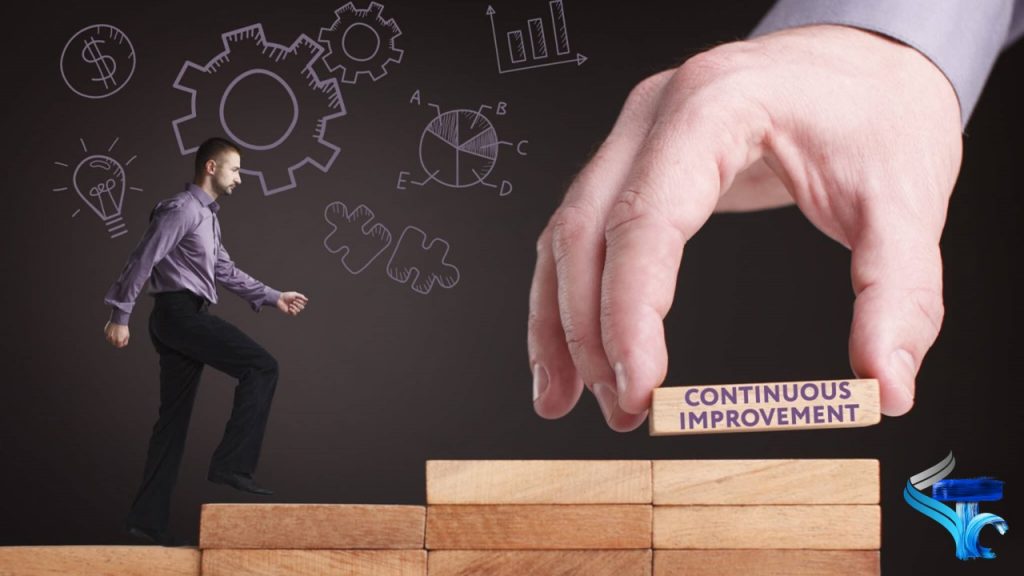
Address specific challenges identified in the current state analysis through collaborative problem-solving.
At this stage of the Kaizen Principle, you will need to implement a rigid monitoring system that needs to monitor if the action plan in the previous step is implemented or not.
- Implement real-time monitoring tools to track call volumes, wait times, and agent performance.
- Audit 100% of the customer dis-satisfaction (if not possible due to high volume sample maximum amount possible)
- Conduct regular reviews of the implemented changes, gathering feedback from agents and analyzing updated KPIs.
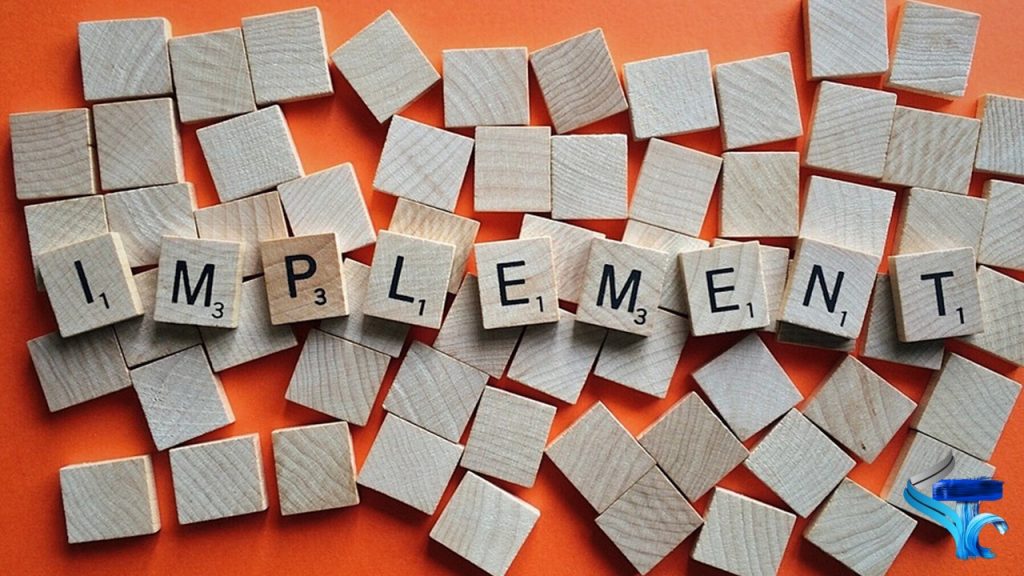
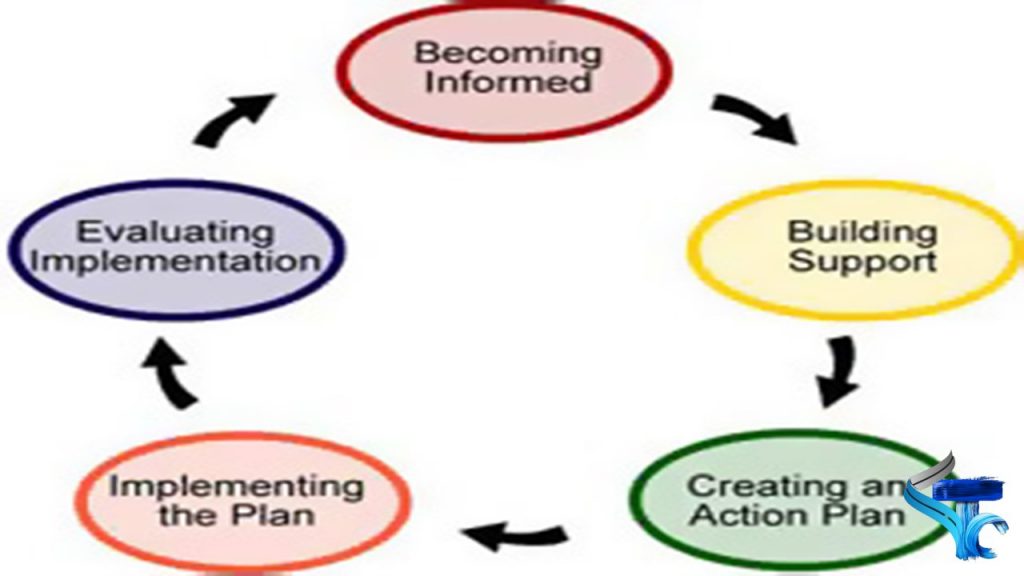
An adaptive call center environment where ongoing improvements are seamlessly integrated.
Download the Kaizen Principle Implementation Reporting Template
Conclusion
In essence, Kaizen principle is more than a set of tools or methodologies; it is a holistic approach to organizational culture. By embracing the principles of continuous improvement, employee involvement, standardization, data-driven decision-making, waste reduction, the pursuit of perfection, and respect for people, organizations can create a dynamic and adaptive environment that thrives on innovation and excellence.
Kaizen’s philosophy is not confined to a specific industry or sector; rather, it is a universal concept applicable to any organization seeking sustained success in an ever-evolving business landscape.

![The Power of Storytelling in Corporate Training: Igniting Success and Inspiring Growth [2023]](https://trainercentric.com/wp-content/uploads/2023/06/storytelling-1024x576.jpg)

